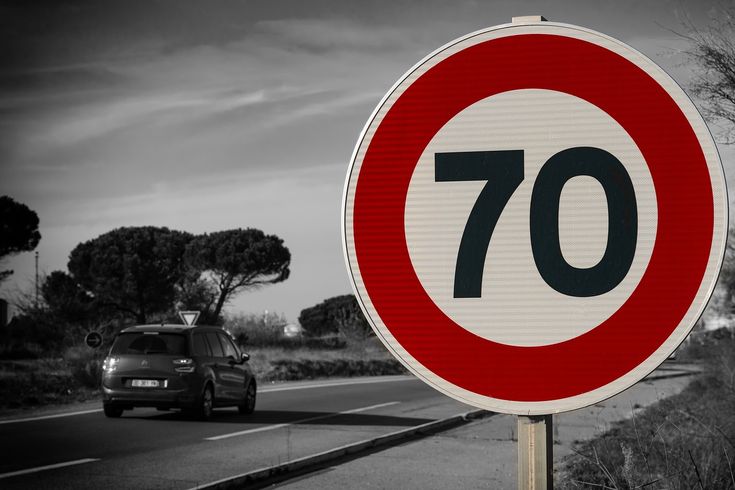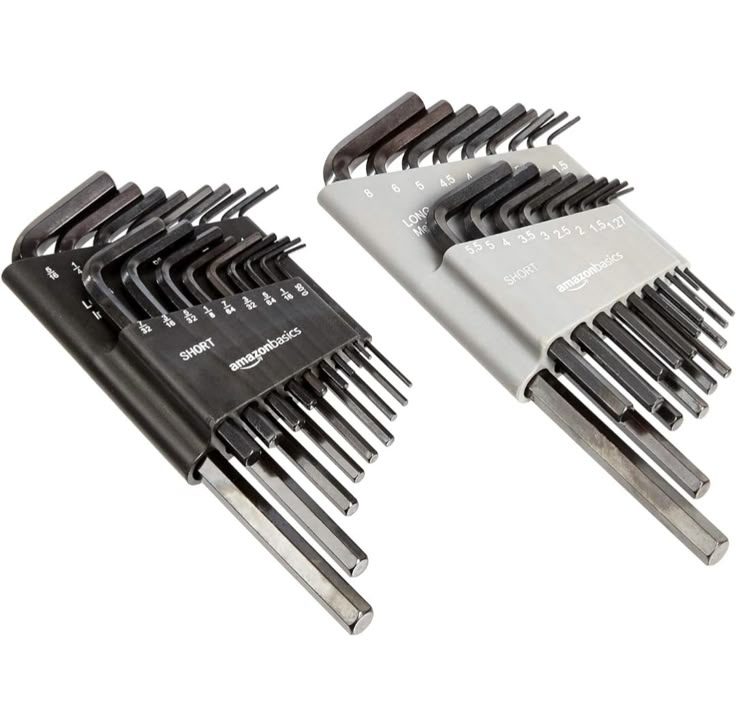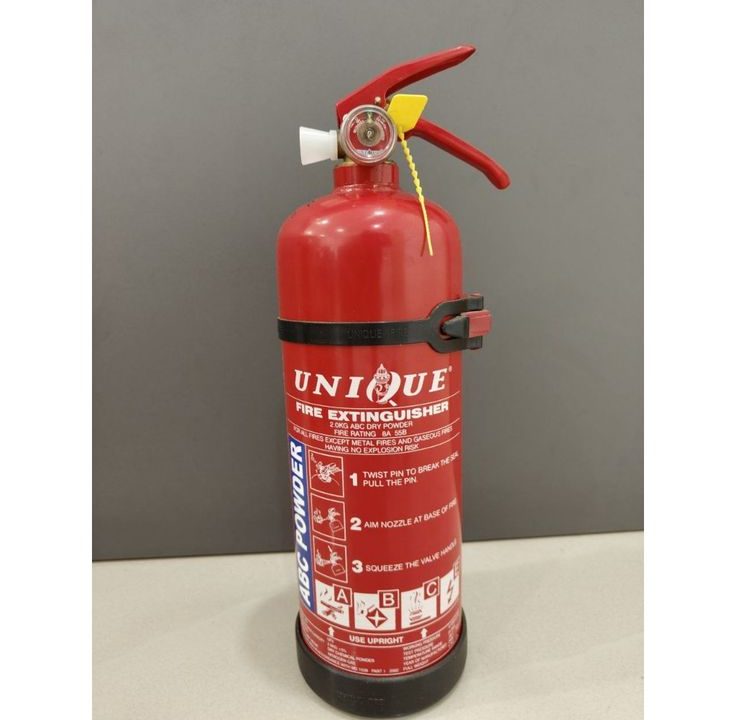How Road Safety Equipment Can Help Reduce Traffic Violations

How Body Protection Equipment Can Prevent Serious Injuries at Work
December 23, 2024
The Essential Guide to Head Protection Equipment: What You Need to Know
February 3, 2025Traffic violations are a major concern across the world, contributing to accidents, injuries, and fatalities. Governments and law enforcement agencies constantly seek ways to curb reckless driving and ensure road safety.
One of the most effective methods for reducing traffic violations is the implementation of road safety equipment.
These tools and technologies play a vital role in regulating traffic, deterring unsafe behavior, and providing clear guidance to motorists. By ensuring proper adherence to traffic laws, road safety equipment significantly minimizes the risk of accidents, leading to safer roads for all users.
Key Takeaways
- Road safety equipment is essential for preventing traffic violations and accidents.
- Traffic signals, speed cameras, and signage play a crucial role in regulating traffic.
- Intelligent transportation systems and smart technologies enhance road safety.
- Proper implementation and maintenance of safety equipment contribute to improved compliance with traffic laws.
- Public awareness and education complement the effectiveness of safety equipment in reducing traffic violations.
Importance of Road Safety Equipment in Traffic Management
Traffic violations occur due to various factors, including overspeeding, reckless driving, distracted driving, and failure to follow traffic rules. Road safety tools help mitigate these issues through effective monitoring, regulation, and enforcement.
Below are some of the major types of road protection equipment and their contributions to traffic management:
1. Traffic Signals and Lights
Traffic signals and lights are essential road safety devices that regulate vehicle and pedestrian movement at intersections. They ensure orderly traffic flow, reduce violations, and enhance overall roadway safety.
Role of Traffic Signals in Reducing Violations
- Regulating Traffic Flow: Traffic signals guide drivers and pedestrians on when to stop, go, or slow down, minimizing confusion and congestion.
- Preventing Red-Light Running: Many intersections are equipped with automated enforcement cameras that detect and penalize drivers who run red lights, discouraging violations and improving compliance.
- Enhancing Pedestrian Safety: Pedestrian signals provide designated crossing times, ensuring safety and reducing jaywalking incidents. These signals help prevent accidents by giving pedestrians a clear indication of when it is safe to cross.
2. Speed Limit Signs and Speed Cameras
Speeding is a major contributor to traffic violations and road accidents. To enhance safety and enforce speed regulations, speed limit signs and automated speed cameras are widely used.
These measures help control vehicle speeds, ensuring compliance and reducing the risk of crashes.
Effectiveness of Speed Control Measures
- Speed Limit Signs: Clearly marked speed limit signs inform drivers of the maximum allowable speeds in various areas, such as highways, school zones, and residential streets. By providing clear guidance, these signs help prevent excessive speeding and improve overall road risk management.
- Speed Cameras: Automated speed cameras monitor and record vehicles exceeding the speed limit. Offenders receive fines, which serve as a deterrent against reckless driving. These cameras are particularly effective in high-risk zones, such as accident-prone intersections and highways.
- Radar Speed Signs: Unlike static speed limit signs, radar speed signs display a driver’s current speed in real time. By providing immediate feedback, they encourage drivers to slow down if they are exceeding the limit.
3. Road Markings and Lane Dividers
Road markings serve as essential visual indicators that guide drivers on lane usage, turning restrictions, and pedestrian crossings. These markings enhance roadway safety by promoting orderly traffic flow and reducing the likelihood of violations.
How Road Markings Reduce Violations
- Lane Discipline: Clear lane markings help drivers stay within designated lanes, preventing lane drifting and sudden, unsafe lane changes. This contributes to smoother traffic movement and minimizes the risk of collisions.
- No-Passing Zones: Solid lines indicate areas where overtaking is strictly prohibited, reducing head-on collision risks on curves, intersections, and narrow roads.
- Pedestrian Crosswalks: Well-marked crosswalks improve pedestrian visibility, ensuring that drivers yield appropriately. This reduces the chances of accidents and enhances pedestrian safety in high-foot-traffic areas.
4. Traffic Cones and Barriers
Traffic cones, barricades, and barriers play a crucial role in controlling vehicle movement, especially in work zones, accident-prone areas, and emergency situations.
These temporary traffic control devices help road risk management by directing vehicles, preventing confusion, and minimizing hazards for both drivers and pedestrians.
Benefits of Temporary Traffic Control Devices
- Accident Prevention: Traffic cones and barriers provide clear visual warnings, alerting drivers to construction zones, lane closures, and detours. By guiding traffic safely around hazards, they reduce the risk of collisions.
- Lane Control: These devices help manage lane closures and redirections, ensuring smooth traffic flow through roadwork areas. They prevent sudden lane changes and confusion by clearly indicating the correct path for vehicles.
- Emergency Response: In the event of an accident, barriers and cones help secure the site, protecting both emergency responders and road users. They create a safe perimeter, preventing further incidents while allowing responders to work efficiently.
5. Reflectors and Road Studs
Visibility is crucial for traffic safety, particularly at night and during adverse weather conditions. Reflectors and road studs play a vital role in improving visibility and helping drivers navigate roads more safely.
These reflective devices enhance road markings, making lanes, curves, and obstacles more noticeable even in low-light conditions.
Impact on Nighttime and Poor Weather Driving
- Enhanced Lane Visibility: Road studs act as illuminated guides, outlining lane boundaries and ensuring drivers can maintain proper positioning. Their reflective surfaces improve visibility, reducing the likelihood of accidental lane drifting.
- Warning Indicators: Reflectors are strategically placed to highlight hazardous areas such as sharp curves, intersections, and pedestrian crossings. Making these danger zones more visible helps prevent accidents and improves road awareness.
- Improved Reaction Time: With better visibility, drivers can anticipate road conditions and react quickly to unexpected changes. This is especially critical in fog, rain, or snow, where road markings alone may not be sufficient for safe navigation.
6. Smart Traffic Management Systems
With advancements in technology, smart traffic management systems are revolutionizing roadway safety by enhancing compliance with traffic laws and improving overall efficiency. These systems integrate cutting-edge solutions to reduce congestion, minimize accidents, and ensure smoother traffic flow.
How Smart Technology Aids Traffic Law Compliance
- Intelligent Traffic Signals: Adaptive traffic lights use real-time data to adjust signal timing, reducing delays and optimizing vehicle movement.
- Automated License Plate Recognition (ALPR): This technology scans license plates to identify and penalize traffic violators, improving enforcement efficiency.
- Variable Message Signs (VMS): Digital roadside displays provide real-time updates on road conditions, speed limits, and emergency alerts, ensuring drivers stay informed.
- Smart Cameras and Sensors: High-tech cameras detect reckless driving, speeding, and red-light violations, assisting law enforcement in maintaining order.
- Connected Vehicle Technology: Vehicles equipped with smart sensors can communicate with traffic infrastructure, reducing collisions and enhancing traffic safety.
7. Pedestrian Safety Measures
Pedestrian-related violations, such as jaywalking and drivers failing to yield, significantly contribute to road accidents. Implementing effective pedestrian safety measures can help reduce risks and improve overall traffic safety.
Essential Pedestrian Safety Devices
- Pedestrian Overpasses and Underpasses: These structures provide safe crossing points over or under busy roads, minimizing pedestrian-vehicle interactions.
- Flashing Crosswalk Signals: These signals activate when pedestrians are crossing, alerting drivers to slow down and yield.
- Bollards and Guardrails: Strategically placed barriers protect pedestrians from vehicles, preventing accidental intrusions onto sidewalks and crosswalks.
- Smart Crosswalks: Equipped with motion sensors and LED lights, these enhance visibility and safety, especially at night.
- Pedestrian Refuge Islands: Located in the middle of wide roads, they offer a safe waiting area for those crossing multiple lanes.
8. Roundabouts and Speed Bumps
Physical traffic calming measures like roundabouts, speed bumps, and rumble strips help regulate speed and improve traffic safety.
Role in Traffic Regulation:
- Roundabouts: These reduce conflict points at intersections, lowering the risk of severe accidents. By maintaining a continuous flow of traffic, they also minimize congestion.
- Speed Bumps: Common in residential and school zones, speed bumps force drivers to slow down, protecting pedestrians and cyclists.
- Rumble Strips: Placed along roadsides or before hazards, these create vibrations and noise to alert inattentive drivers, preventing potential collisions.
9. Road Safety Equipment in School Zones
School zones require specialized safety measures to protect children from speeding vehicles and reckless driving. Since young pedestrians are more vulnerable, effective traffic control mechanisms are essential to ensure their safety.
Key Safety Features in School Zones
- Flashing Speed Limit Signs: These electronic signs alert drivers to reduced speed limits during school hours, ensuring they slow down in designated areas. They are highly visible and reinforce the importance of cautious driving.
- Crossing Guards and Signs: Trained crossing guards assist children in safely crossing streets, while clearly marked pedestrian signs warn drivers to remain alert and yield to foot traffic.
- Protective Fencing: Strategically placed barriers help prevent children from accidentally running into the road, guiding them toward designated crossing areas.
- Speed Humps and Raised Crosswalks: These physical traffic-calming measures force vehicles to reduce speed, increasing pedestrian safety near schools.
- School Zone Markings: Brightly colored road markings and painted crosswalks clearly define school zones, reminding drivers to exercise extra caution.
10. Role of Public Awareness and Education
While safety equipment plays a vital role in enforcing traffic rules, public education campaigns are equally essential in complementing these efforts. Awareness initiatives help foster safer driving behaviors and ensure a more effective traffic management system.
Importance of Awareness Initiatives
- Driver Training Programs: These programs equip motorists with essential knowledge of traffic laws and how to operate safety equipment properly, reducing the likelihood of accidents.
- Community Engagement: Active participation from communities encourages responsible driving and raises awareness about the consequences of poor driving habits.
- Media Campaigns: Advertisements, billboards, and social media are powerful tools in promoting roadway safety awareness, reaching a wide audience, and reinforcing the importance of following traffic regulations. Effective education is key to creating a safer driving environment.
11. Challenges in Implementing Road Safety Equipment
While safety equipment is crucial for reducing traffic accidents, its implementation faces several challenges that must be overcome.
Common Obstacles
- Cost of Implementation: Advanced safety technologies, such as smart traffic lights or automated enforcement systems, require substantial investment, making it difficult for some areas to afford widespread adoption.
- Maintenance Issues: For traffic safety equipment to remain effective, regular maintenance and updates are essential. Neglecting maintenance can lead to malfunctioning systems that may compromise roadway safety.
- Public Resistance: Some drivers may oppose the strict enforcement of traffic laws, especially if they feel that measures like speed cameras or automated ticketing systems are intrusive. Overcoming this resistance involves clear communication about the benefits of safety equipment in preventing accidents and saving lives. Addressing these challenges ensures a more successful traffic safety implementation.
Conclusion
The effective use of a road safety product plays a crucial role in reducing traffic violations and ensuring safe driving practices. From traffic signals and speed cameras to smart technology and physical barriers, each element contributes to better road discipline and accident prevention.
While challenges exist in implementation, continued investment in safety infrastructure, combined with public education, can lead to significant improvements in compliance with traffic laws. Ensuring that roadway safety remains a priority benefits all road users, creating a safer and more efficient transportation system for everyone.
Frequently Asked Questions (FAQs)
1. How do speed cameras help reduce traffic violations?
Speed cameras detect and record vehicles exceeding speed limits, leading to fines and penalties. Their presence acts as a deterrent, encouraging drivers to maintain safe speeds.
2. Why are pedestrian safety measures important?
Pedestrian safety measures, such as crosswalks and flashing signals, protect individuals from vehicle-related accidents. These measures ensure safe and orderly pedestrian movement, reducing jaywalking and other violations.
3. What role do smart traffic systems play in roadway safety?
Smart traffic systems use advanced technology, such as adaptive signals and automated enforcement, to regulate traffic flow and detect violations. These systems improve compliance with traffic laws and enhance overall traffic safety.
4. Are speed bumps effective in controlling speeding?
Yes, speed bumps force drivers to slow down in designated areas, particularly in residential zones and near schools. Their physical presence compels motorists to reduce speed, minimizing accidents.
5. How can governments improve road safety enforcement?
Governments can improve safety by investing in advanced traffic monitoring equipment, implementing strict penalties for violations, maintaining road infrastructure, and launching awareness campaigns to educate the public on safe driving practices.




